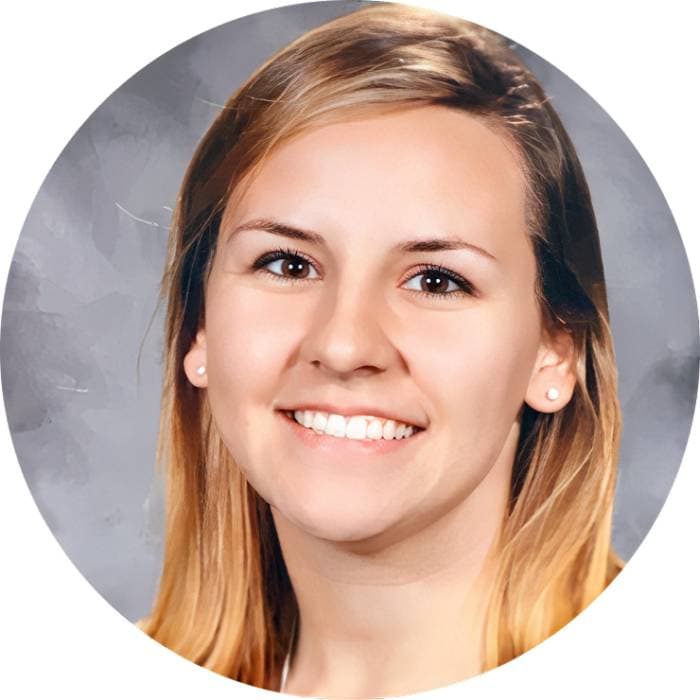The Modern Healthcare website states, “A person’s oral health—the state of his or her gums and teeth—has a major impact on health, medical costs and quality of life. Serious gum disease is associated with diabetes, heart disease and other medical conditions” (Whitman 2017). Unfortunately, facets of dentistry remain detached from the medical industry, resulting in trivializing dental care within healthcare and insurance policies (Otto 2017).
Some of the dentists’ resistance to integrating dentistry into the healthcare system contributes to the notion of dental care as optional. For example, Max Schoen, a dentist, collaborated with Harry Bridges, a “labor leader,” to create “a racially integrated prepaid dental practice to provide the care” for the International Longshoremen’s and Warehousemen’s Union (Jaffe 2017). However, conservative dentists disliked Schoen’s efforts because they wanted “to consolidate their own power over their industry, to control hygienists and rebels like Schoen, yet ultimately they wanted their practices to be treated more like optional services bought on the free market than social goods” (Jaffe 2017). This viewpoint of dental care as “optional” in the political context of healthcare programs and in private insurance companies’ policies marginalizes it within these systems (Otto 2017).
Unlike medical insurance, dental insurance remains stagnant. According to Dr. Warren E. Woodruff, “since the mid 1970s,” its average coverage of $1,500 per year has remained the same, while “dental fees have increased over the last 40 years due to higher overhead costs” (2011). This disparity between coverage and treatment costs relates to Mary Kate Moriarty’s, a dentist’s, claim that “dental insurance is more than a quarter-century behind its partner in medical insurance” (Moriarty and Hart 2017). Unfortunately, Thomas P. Connelly, “a NYC Cosmetic Dentist,” states, “To provide ‘full coverage,’ an insurance company would have to charge more for premiums than a consumer would deem worth spending” (2011). Some could afford checkups, cleanings, and X-rays without insurance, but according to the National Association of Dental Plans, “those without dental benefits… visit the dentists less frequently—missing the opportunity for prevention and early treatment,” potentially leading to a decline in oral and overall health (“Who has dental benefits?”).
Fortunately, there are ways to change dental insurance. For example, “in the 1920s,” William Gies, a “biological chemist,” proposed to combine dentistry with the healthcare system, but dentists opposed this to maintain “the professional autonomy and professional independence of the private practice system” (Otto 2017). Additionally, Gayathri Subramanian, “an assistant professor in the Department of Diagnostic Sciences at Rutgers School of Dental Medicine,” believes that the financial arguments against the integration of dental benefits with medical benefits is derived from the viewpoint “that perceives oral health as an optional milestone to strive for” (2016, 2339). She suggests to “[mandate] that medical insurance cover essential dental treatments” since “dental care and medical care are intertwined” for some health conditions (2016, 2339). This connection between dental and overall health shows the need to reform dental insurance in relation to the healthcare system.
Bibliography
Connelly, Thomas P. “The Trouble With Dental Insurance.” Huffpost. Last modified May 31,
Jaffe, Sarah. “The Tooth Divide: Beauty, Class and the Story of Dentistry.” The New York Times,
March 23, 2017. https://www.nytimes.com/2017/03/23/books/review/teeth-oral-health-mary-otto.html.
Moriarty, Mary Kate and Donaldo Hart. “Dental care should be accessible to all.” The
Washington Post, May 17, 2017. https://www.washingtonpost.com/opinions/dental-care-should-be-accessible-to-all/2017/05/17/335d5c6a-3995-11e7-a59b-26e0451a96fd_story.html?utm_term=.bbe7b2b93534.
Whitman, Elizabeth. “Moving dental health into primary care.” Modern Healthcare, January 7,
Otto, Mary. “Why Dentistry Is Separate From Medicine.” By Julie Beck. The Atlantic, March 9,
-
https://www.theatlantic.com/health/archive/2017/03/why-dentistry-is-separated-from-medicine/518979/.




0 Comments